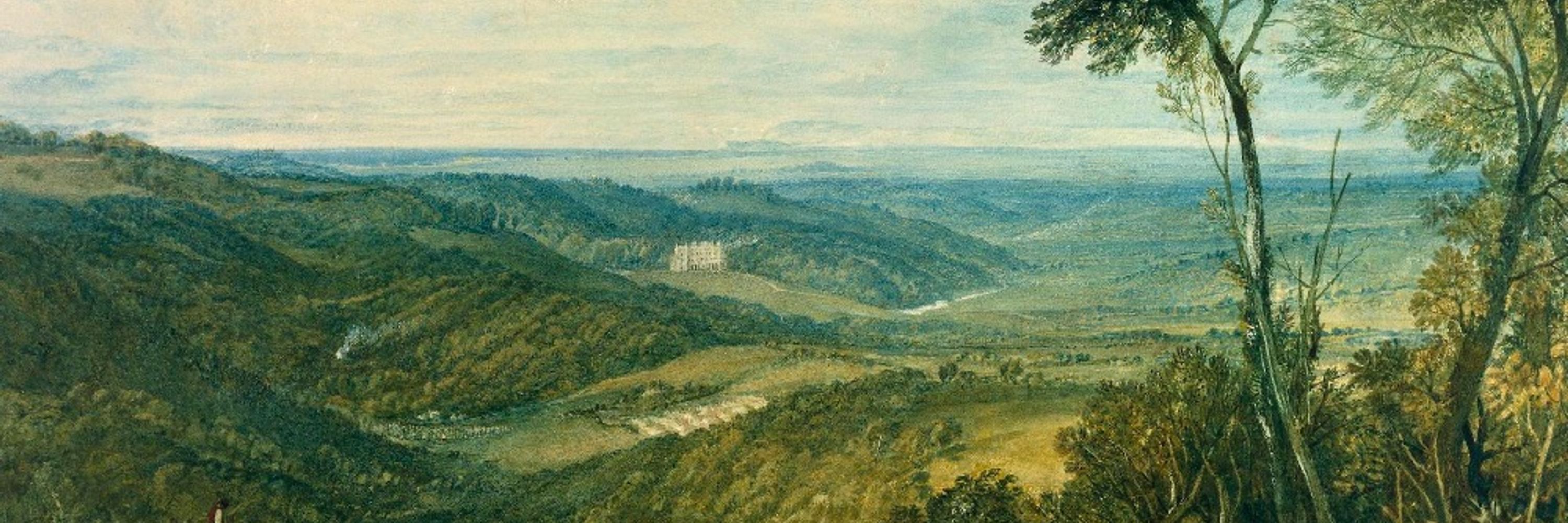

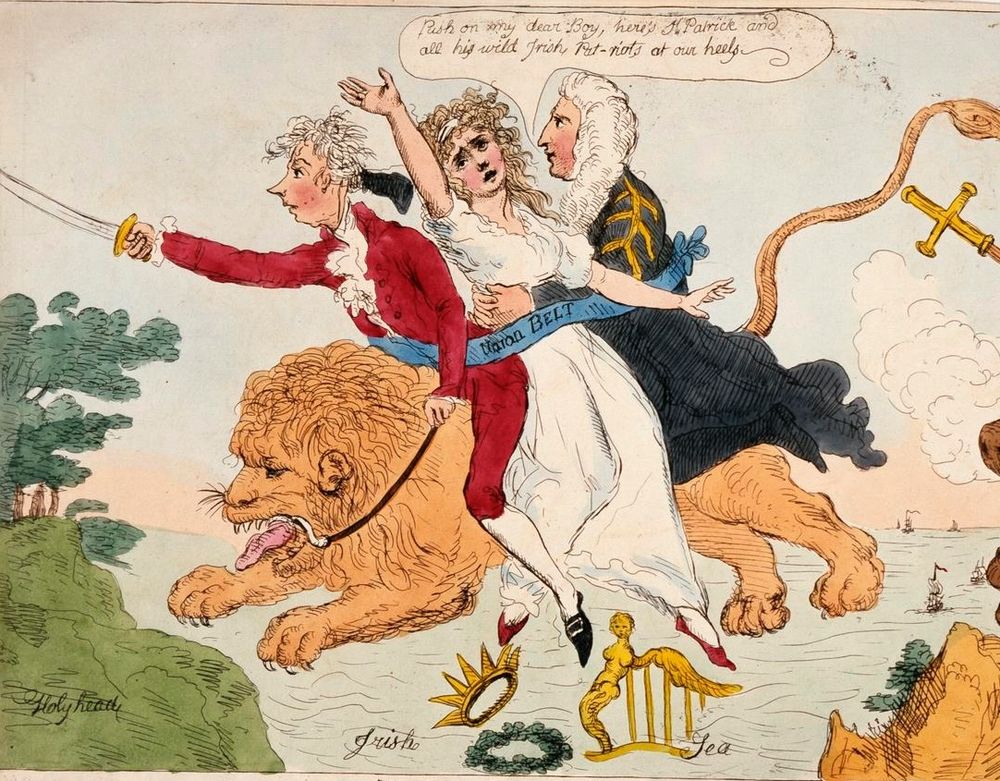











Researching portrayals of Castlereagh (both textual and visual) over the last few years, I first noticed that some 19th Century writers used a vampiric metaphor in portraying Castlereagh


Researching portrayals of Castlereagh (both textual and visual) over the last few years, I first noticed that some 19th Century writers used a vampiric metaphor in portraying Castlereagh
But there's another writer from the same movement whose literary creation was also used to build a dark image of Castlereagh:

But there's another writer from the same movement whose literary creation was also used to build a dark image of Castlereagh:
No, really, I'm serious.
Is it seasonal?
Yes.
Is it the subject of full-on research article that I currently have in peer review?
Also yes.

No, really, I'm serious.
Is it seasonal?
Yes.
Is it the subject of full-on research article that I currently have in peer review?
Also yes.
Now on my way home to sift through the material.


Now on my way home to sift through the material.
A great source on the day-to-day rhythm of the House of Commons in the early 19th Century.
#skystorians

A great source on the day-to-day rhythm of the House of Commons in the early 19th Century.
#skystorians
19th Century grand strategy? Yes please.
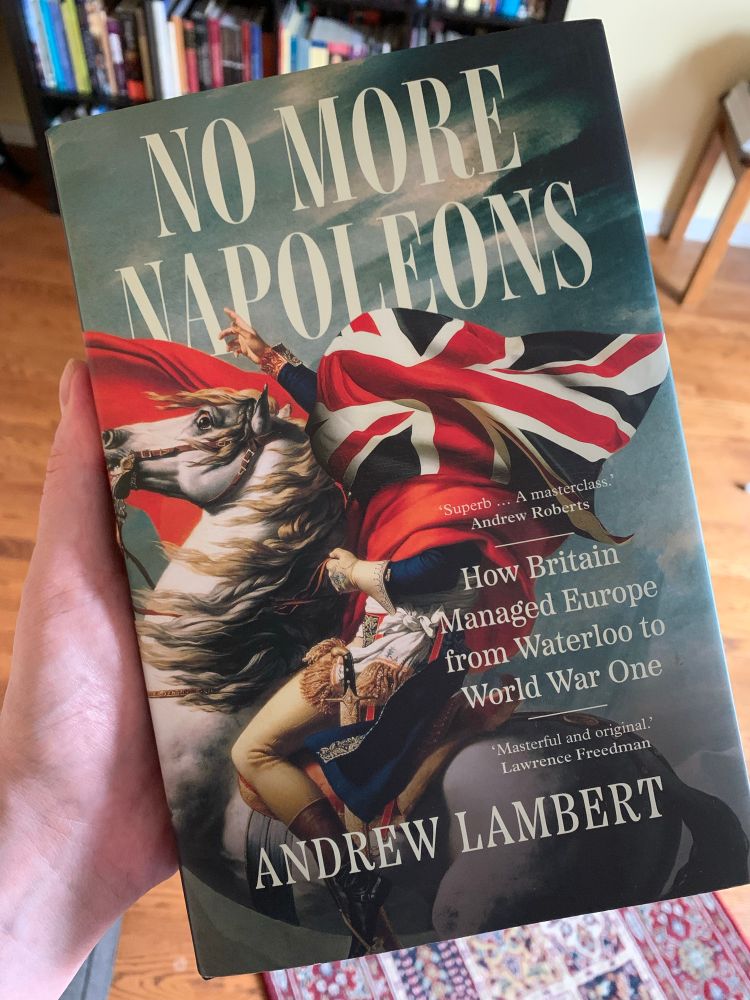
19th Century grand strategy? Yes please.
Getting some time close-up with George Hayter's painting of the trial of Queen Caroline was pretty special.
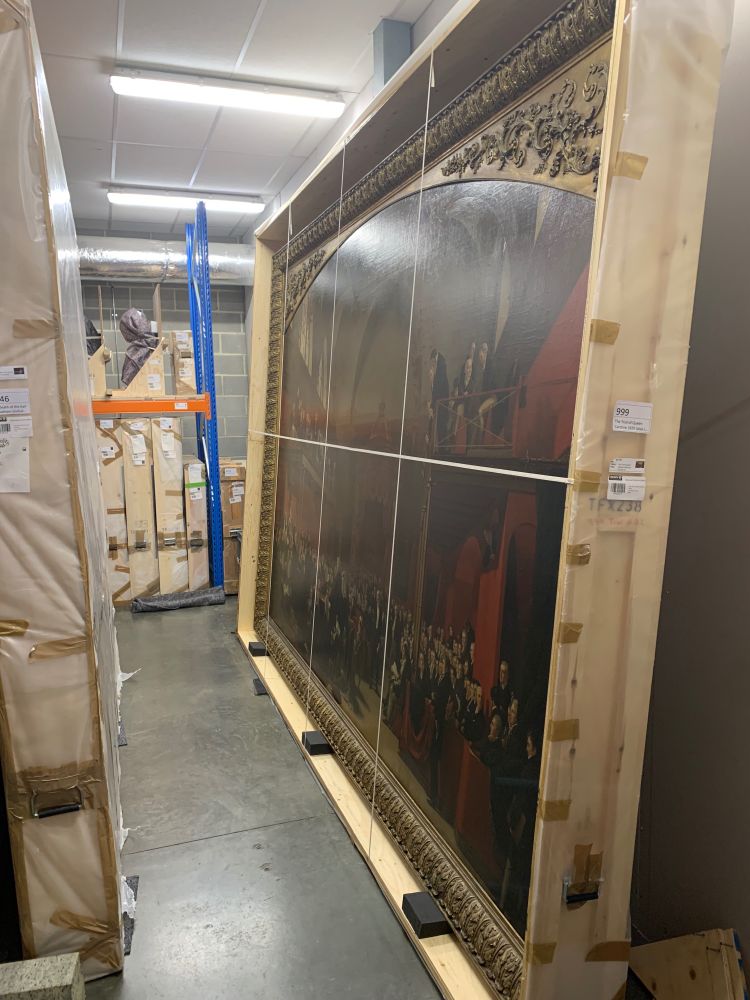
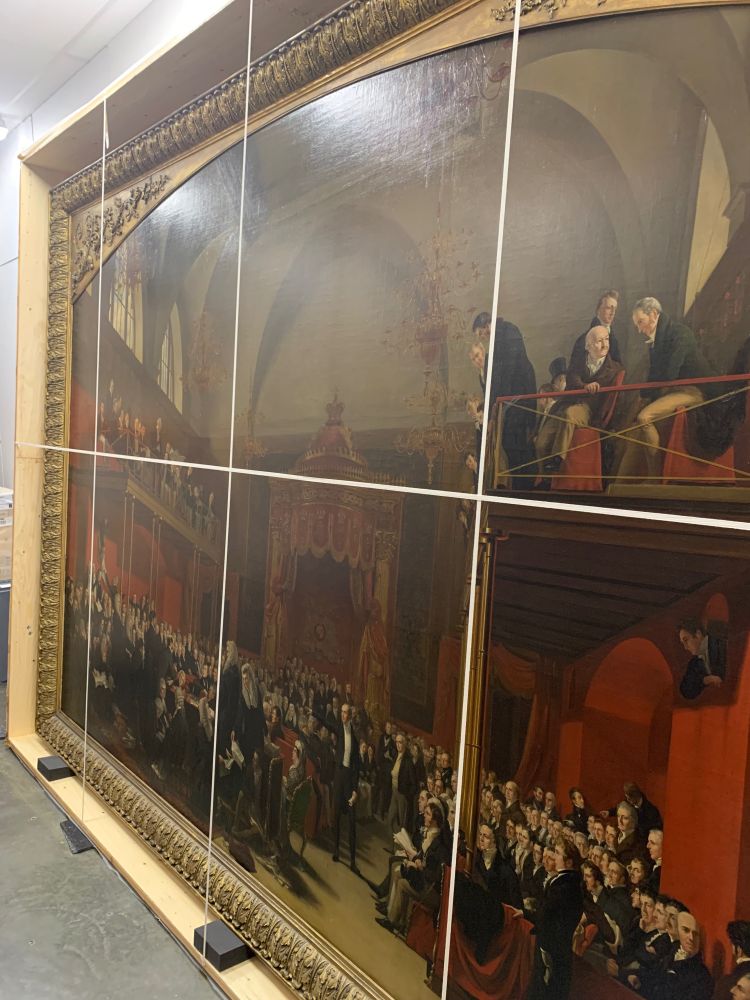
Getting some time close-up with George Hayter's painting of the trial of Queen Caroline was pretty special.
The Londonderry garter and star are displayed on loan at the Victoria & Albert Museum in London.
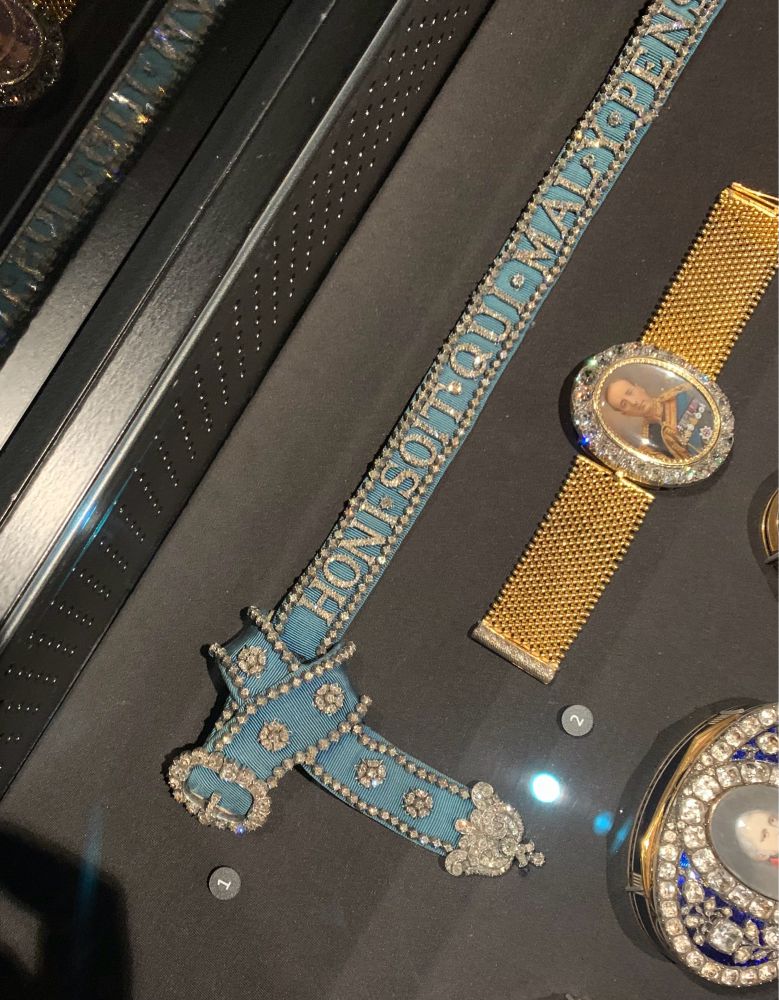
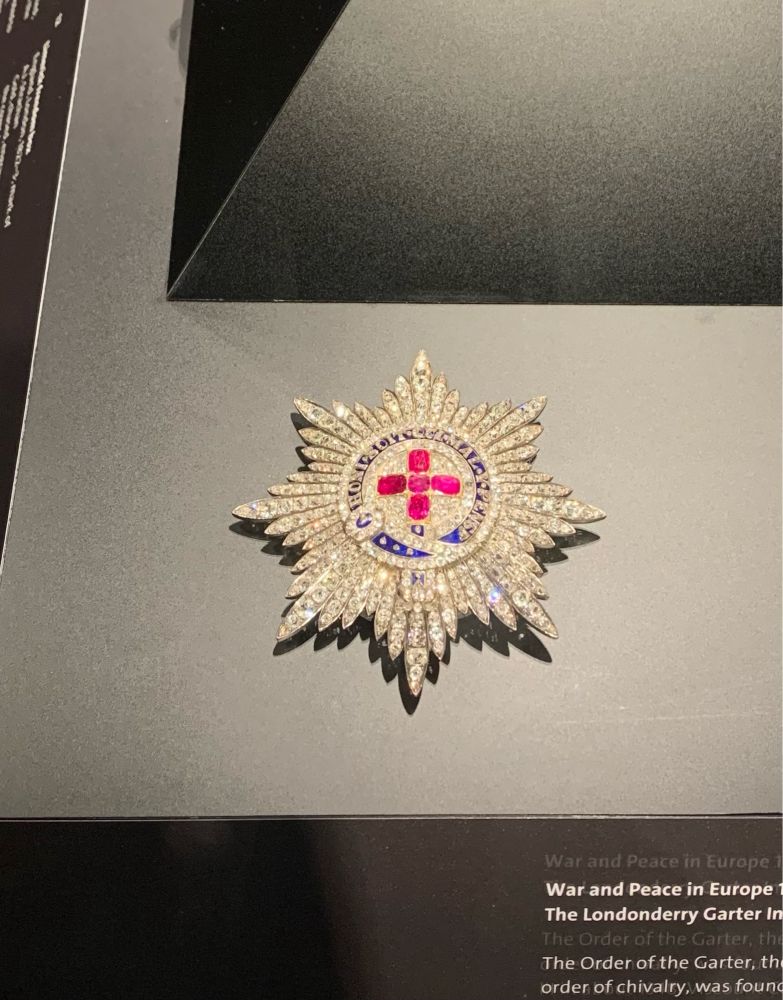
The Londonderry garter and star are displayed on loan at the Victoria & Albert Museum in London.
The artist (Evans) portrayed Castlereagh at a moment in 1807 wearing clothing that is much more influenced by Victorian style.

The artist (Evans) portrayed Castlereagh at a moment in 1807 wearing clothing that is much more influenced by Victorian style.
"How inconsistent is ambition - and how cruelly are men the dupes of it. We may in general conclude that the system in which a man can do a great deal of good is a bad one -
(1/3)

"How inconsistent is ambition - and how cruelly are men the dupes of it. We may in general conclude that the system in which a man can do a great deal of good is a bad one -
(1/3)
I’m really enjoying the research work on Castlereagh portraiture—a fascinating mix of history, politics, and art.

I’m really enjoying the research work on Castlereagh portraiture—a fascinating mix of history, politics, and art.
Just made sense to pair it with nice Chianti.

Just made sense to pair it with nice Chianti.


